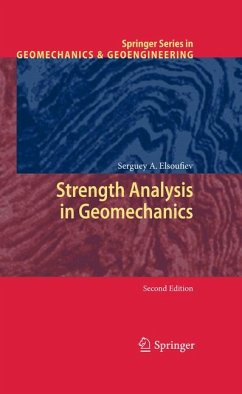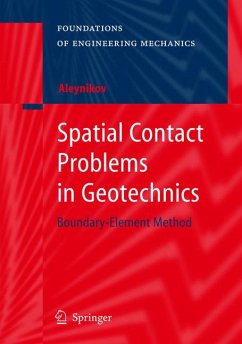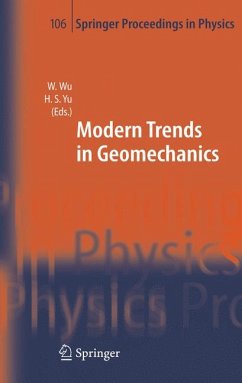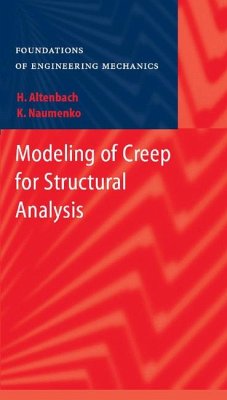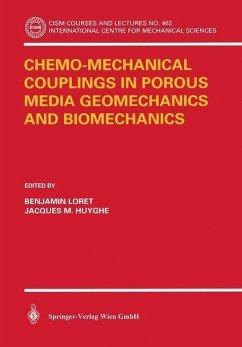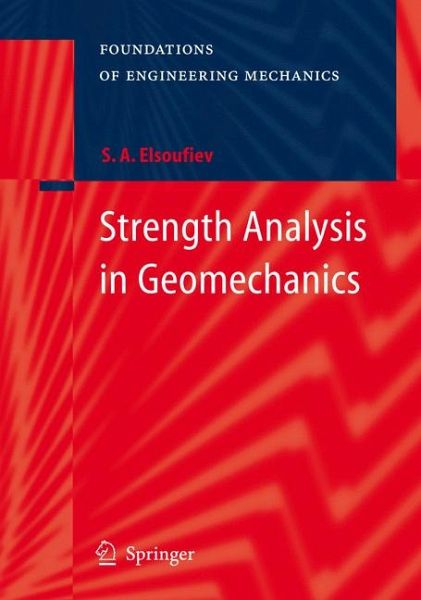
Strength Analysis in Geomechanics (eBook, PDF)
Versandkostenfrei!
Sofort per Download lieferbar
82,95 €
inkl. MwSt.
Weitere Ausgaben:

PAYBACK Punkte
41 °P sammeln!
The book presents a new approach for the solution of geomechanical problems - it explicitly takes into account deformation and fracture in time, which are neglected in classical methods although these properties create important effects. The method reveals the influence of the form of a structure on its ultimate state. It uses the rheological law which accounts for large strains at a non-linear unsteady creep, an influence of a stress state type, an initial anisotropy and damage. The whole approach takes into account five types of non-linearity (physical as well as geometrical ones) and contai...
The book presents a new approach for the solution of geomechanical problems - it explicitly takes into account deformation and fracture in time, which are neglected in classical methods although these properties create important effects. The method reveals the influence of the form of a structure on its ultimate state. It uses the rheological law which accounts for large strains at a non-linear unsteady creep, an influence of a stress state type, an initial anisotropy and damage. The whole approach takes into account five types of non-linearity (physical as well as geometrical ones) and contains several new ideas. For example, it considers the fracture as a process, the difference between the body and an element of the material which only deforms and fails because it is in the structure, the simplicity of some non-linear computations against the consequent linear ones, the dependence of the maximum strain in dangerous poins of the body only on the material.
Dieser Download kann aus rechtlichen Gründen nur mit Rechnungsadresse in A, B, BG, CY, CZ, D, DK, EW, E, FIN, F, GR, HR, H, IRL, I, LT, L, LR, M, NL, PL, P, R, S, SLO, SK ausgeliefert werden.




